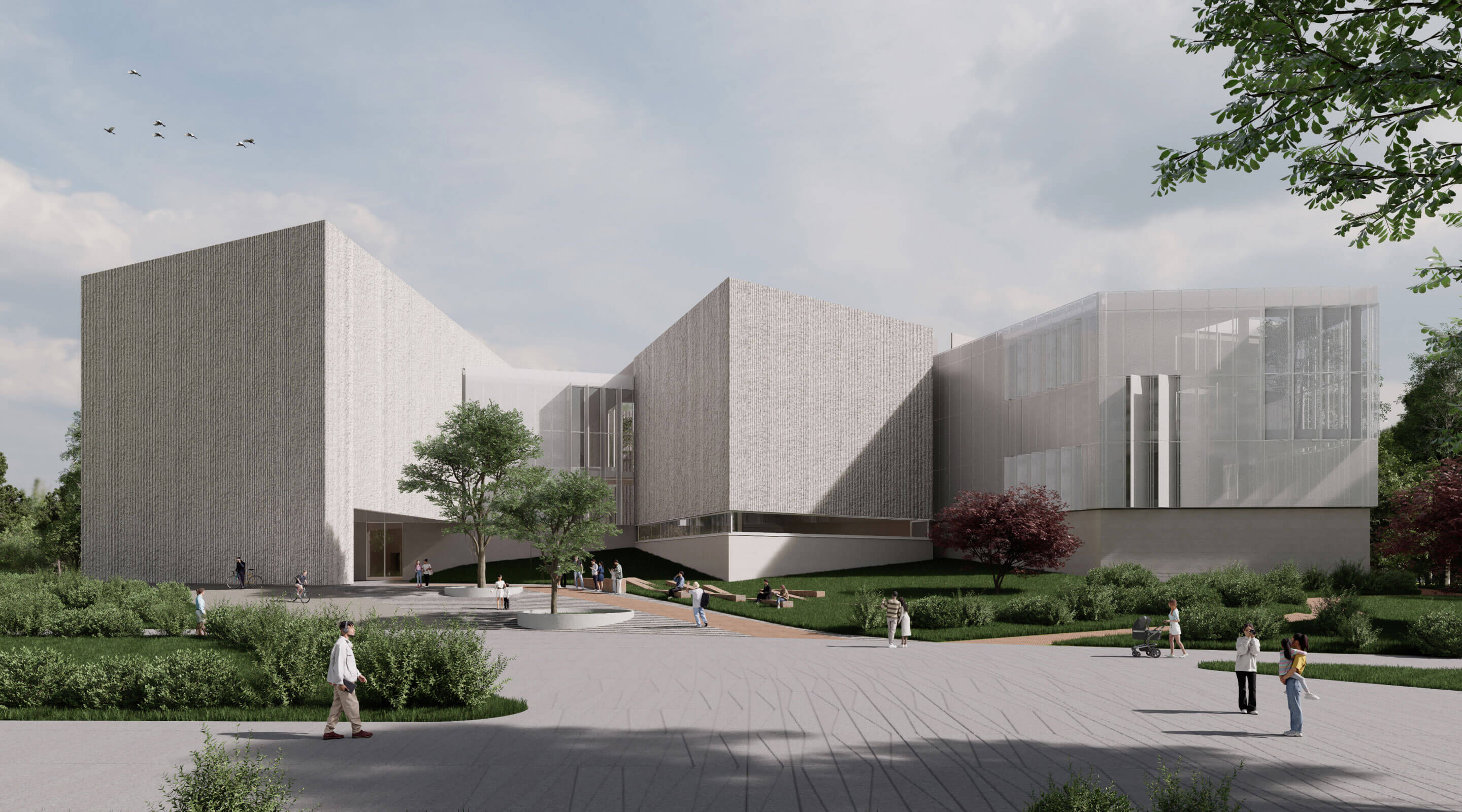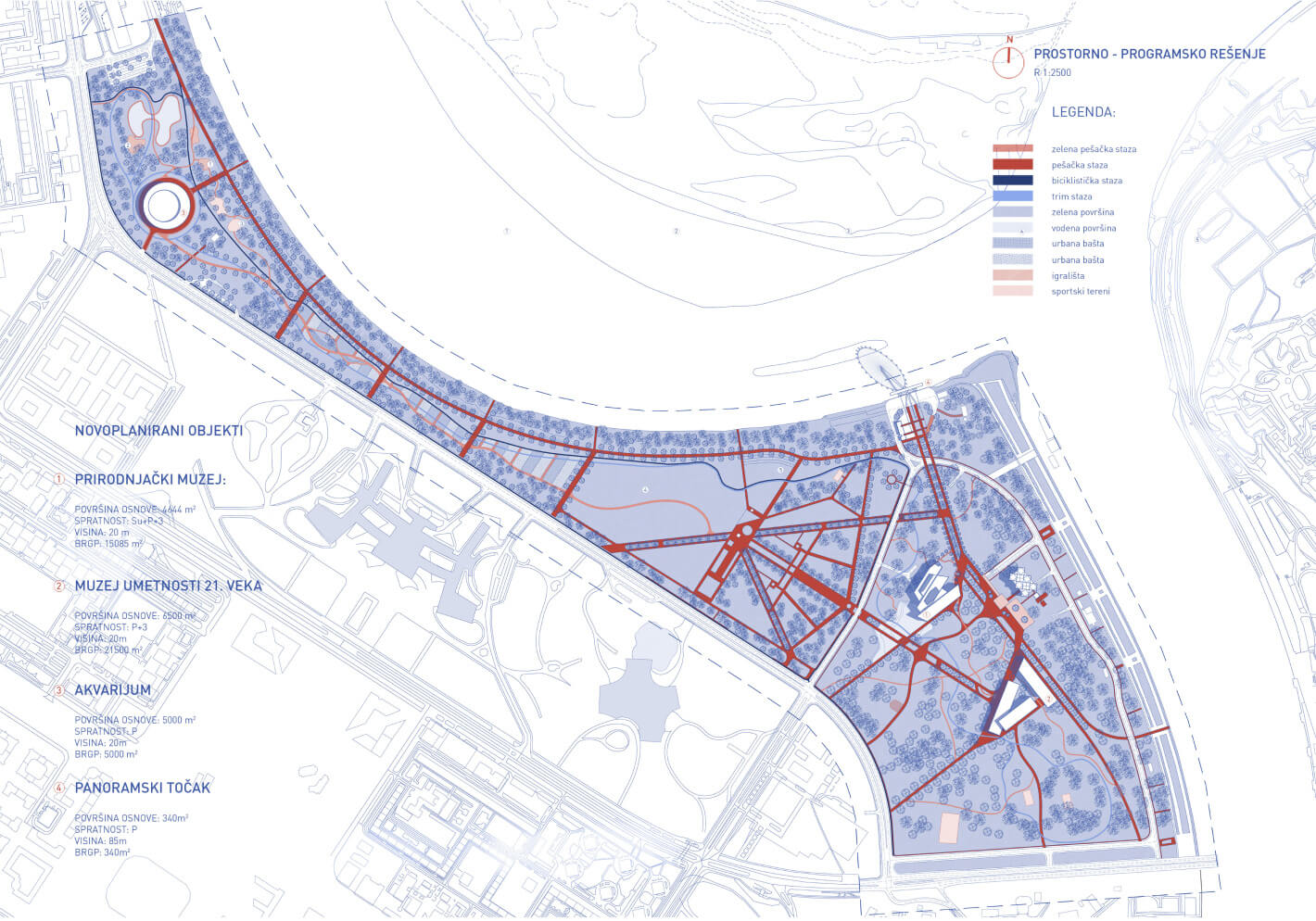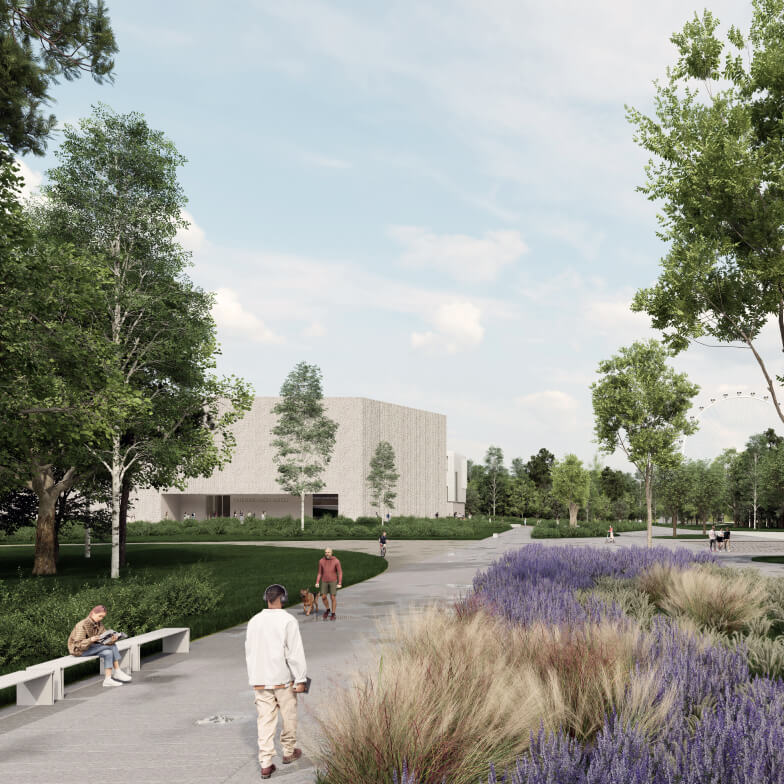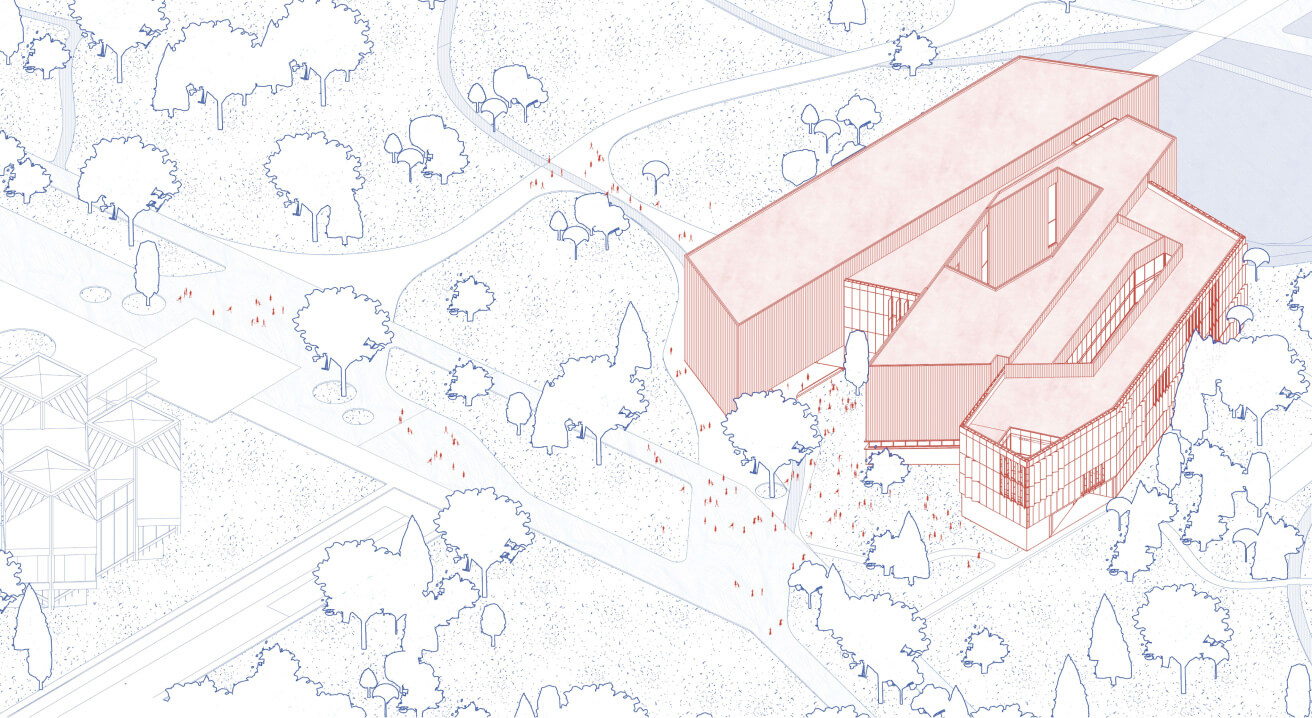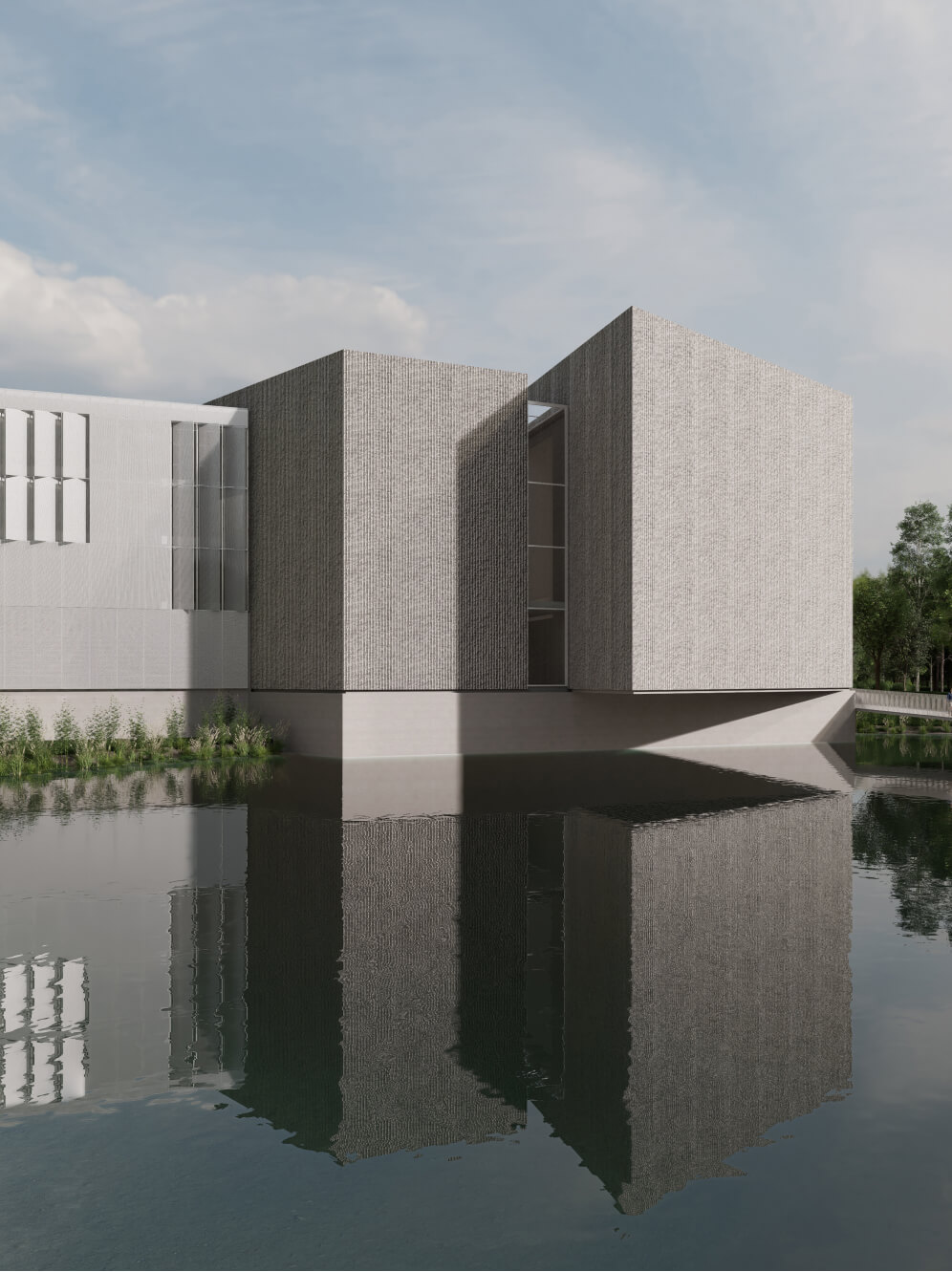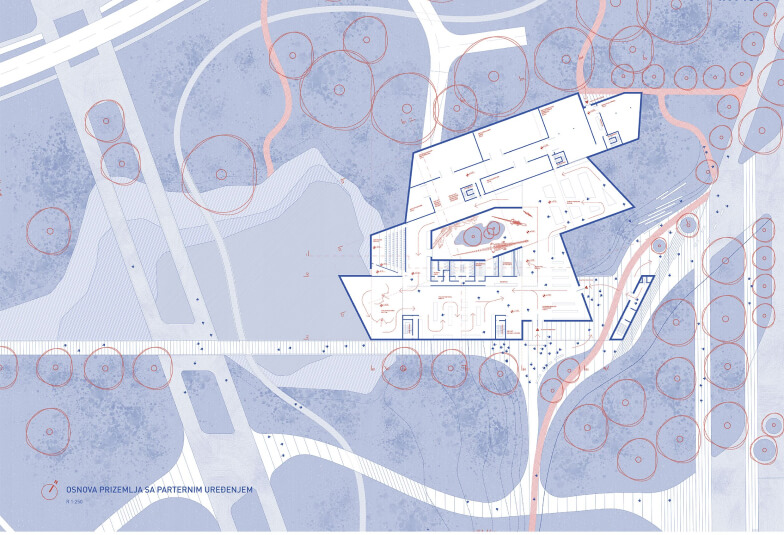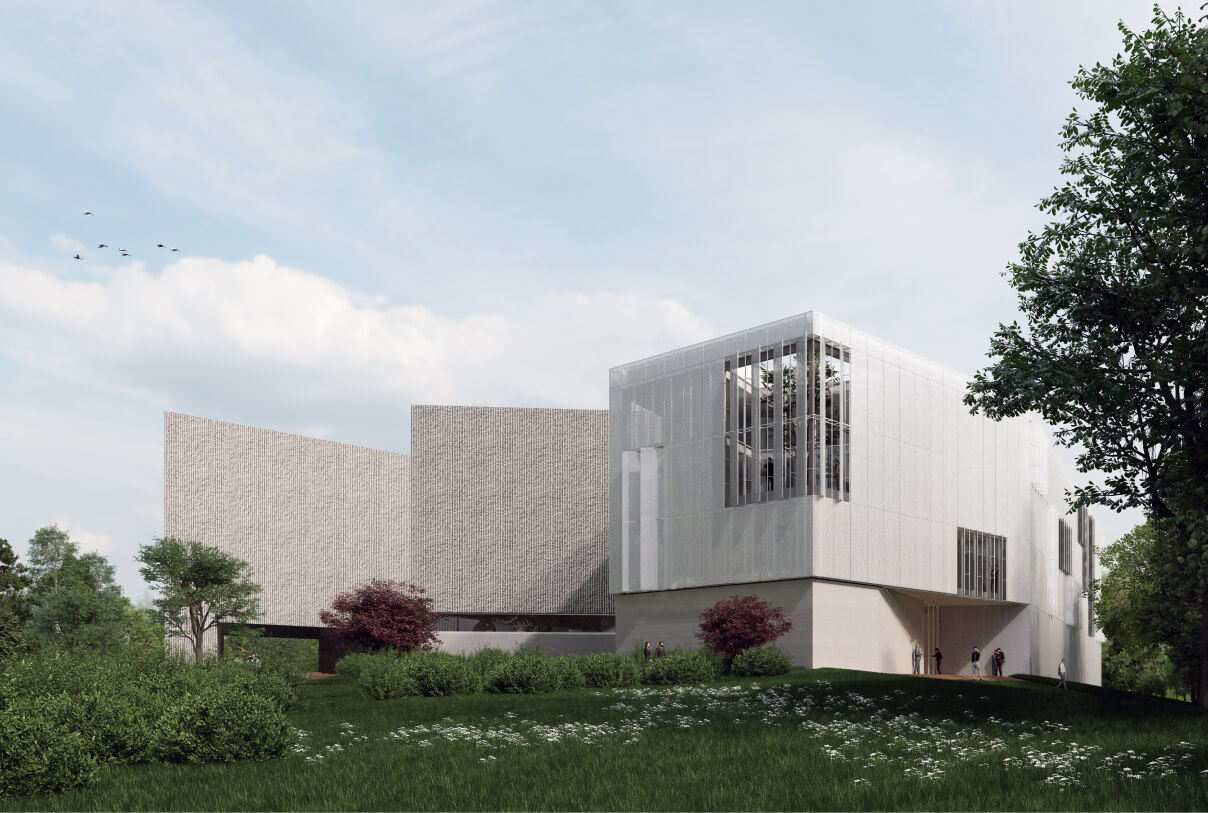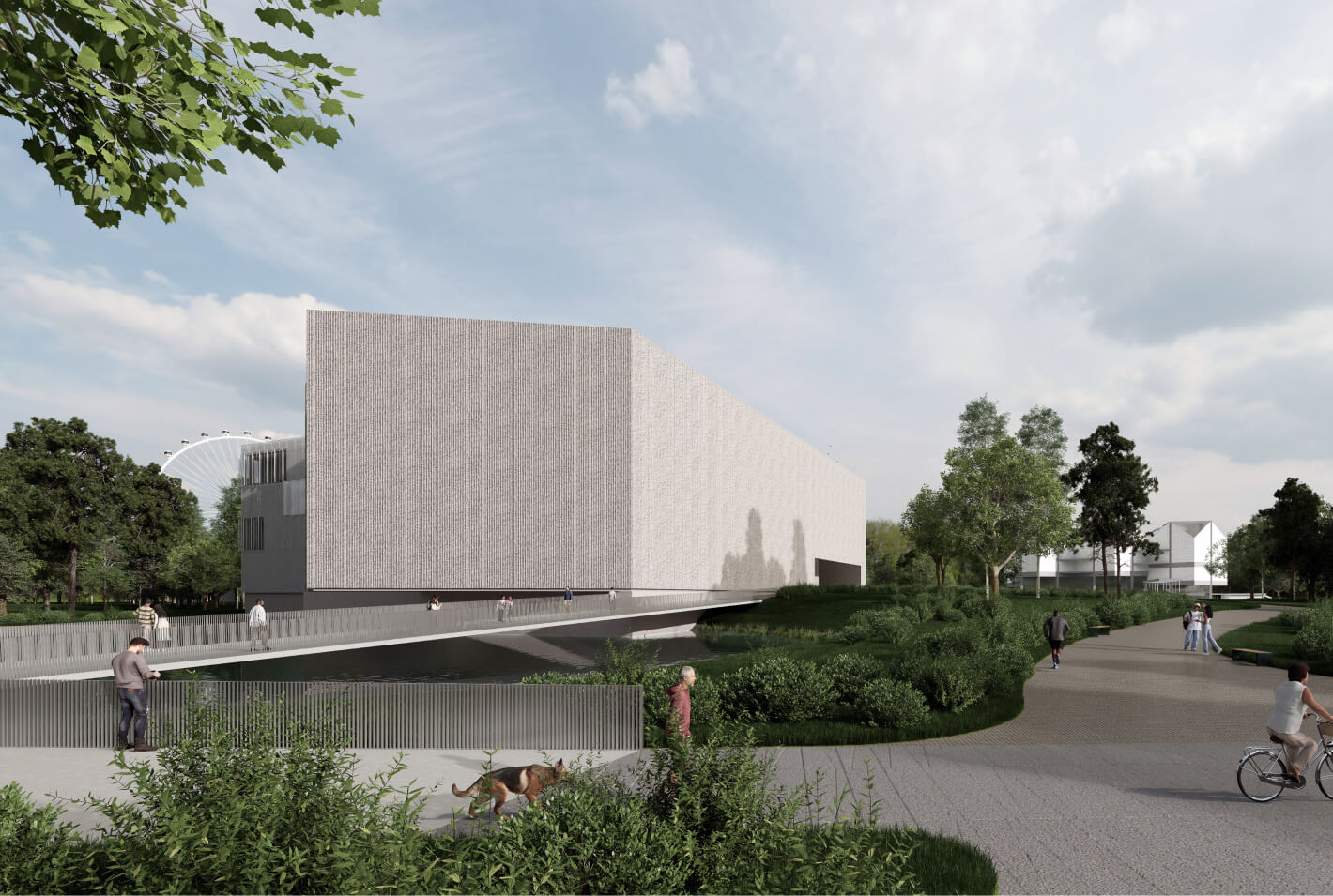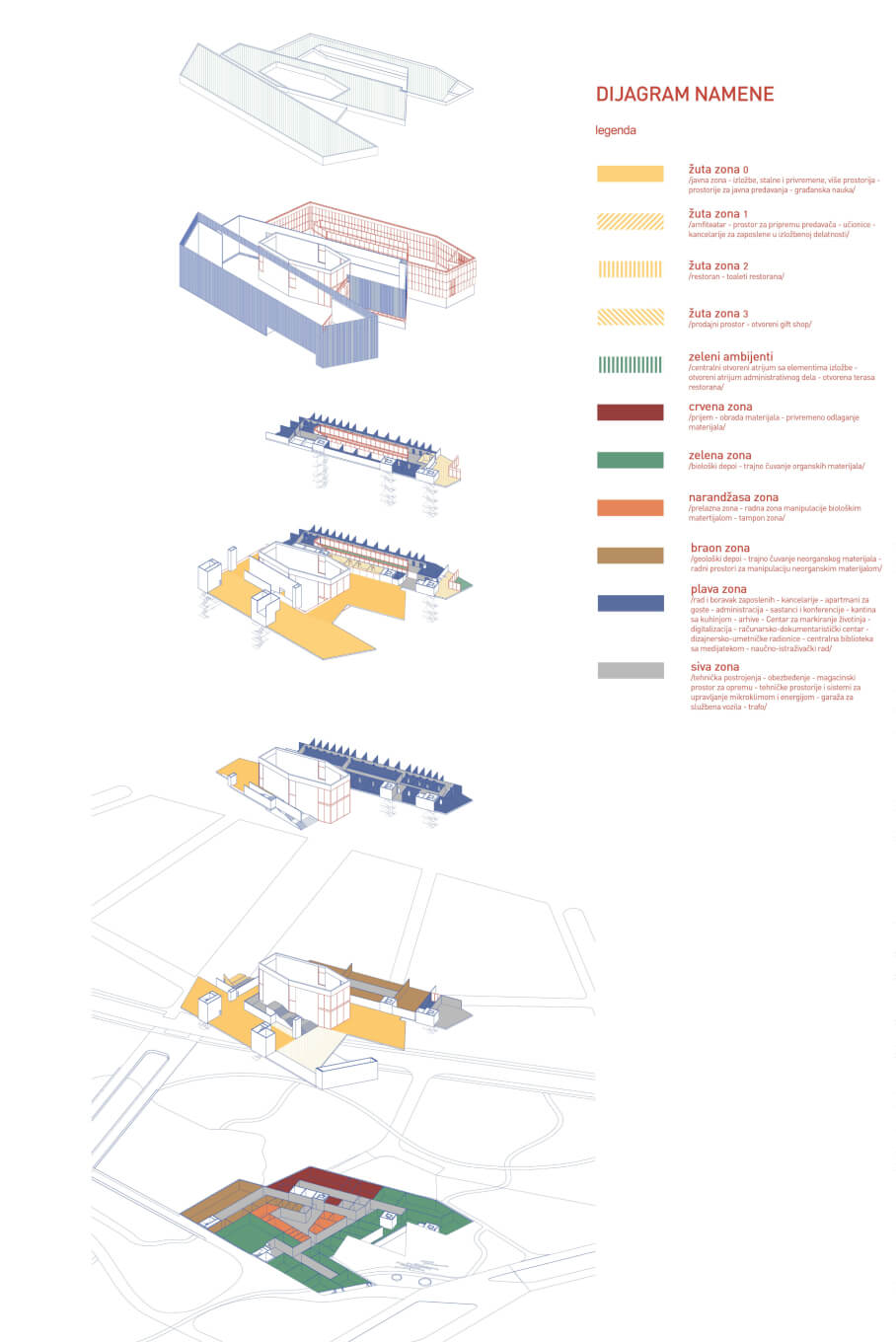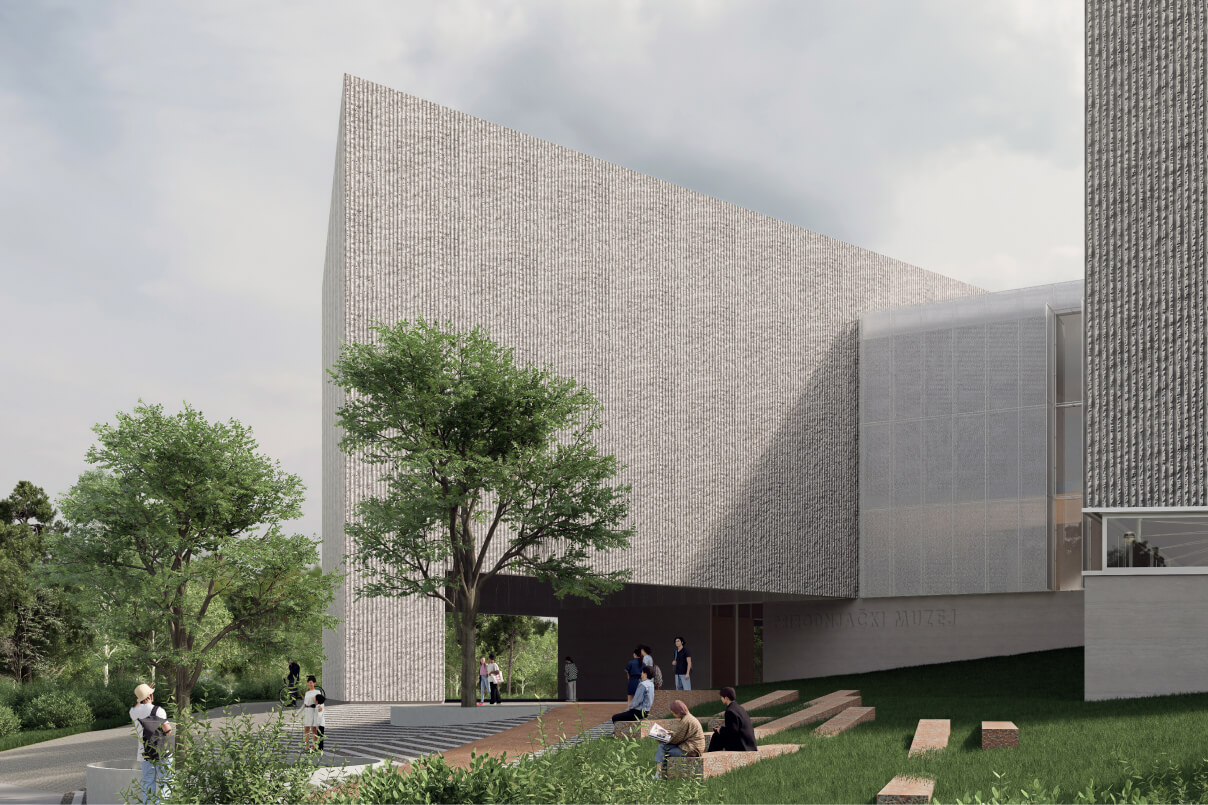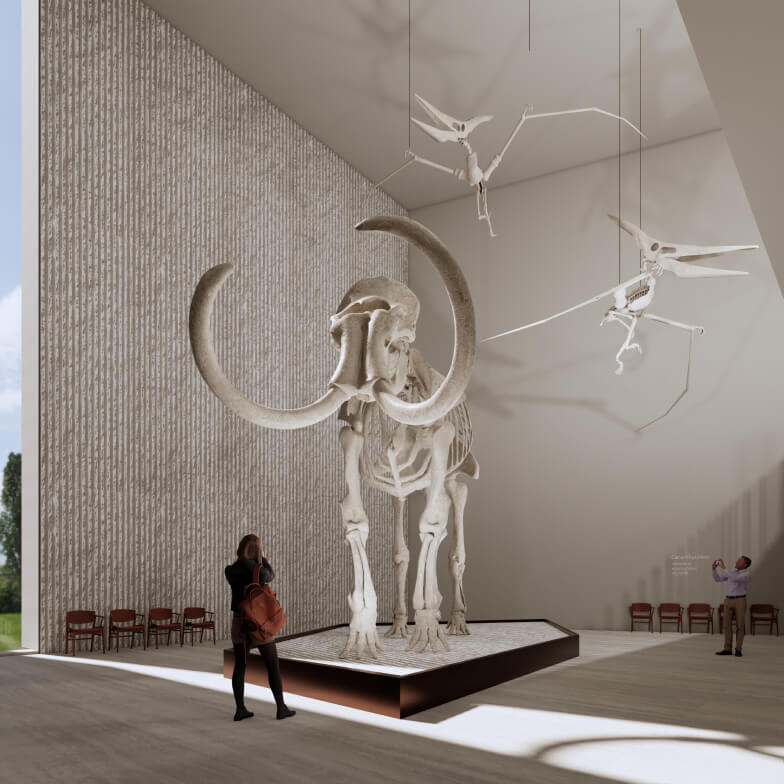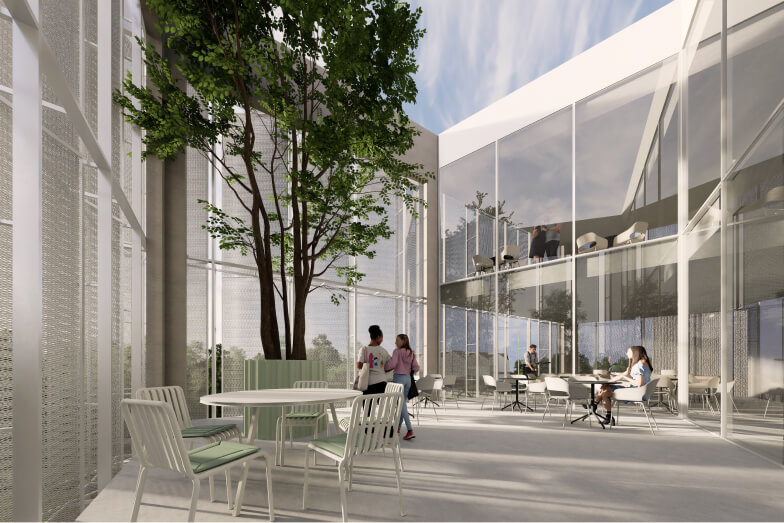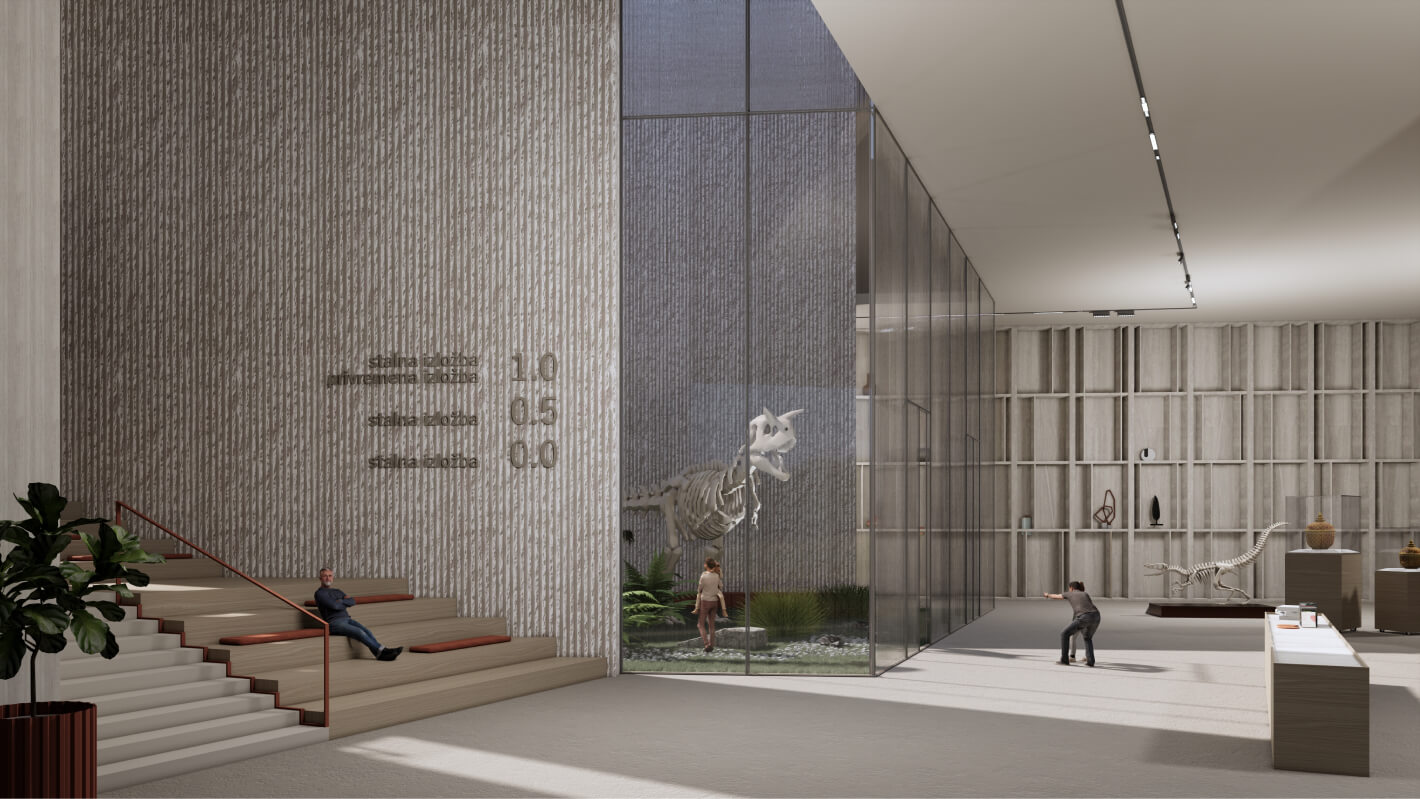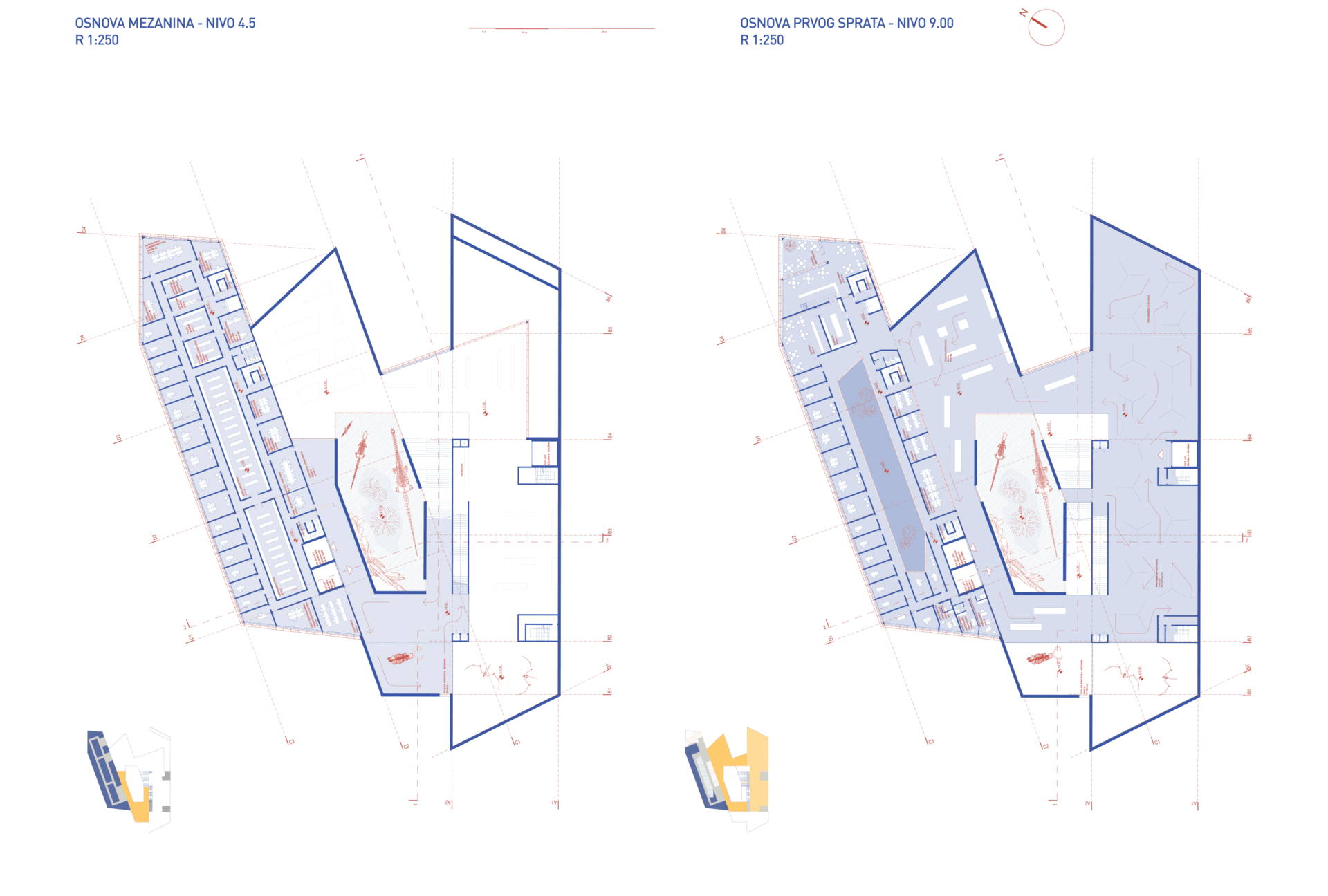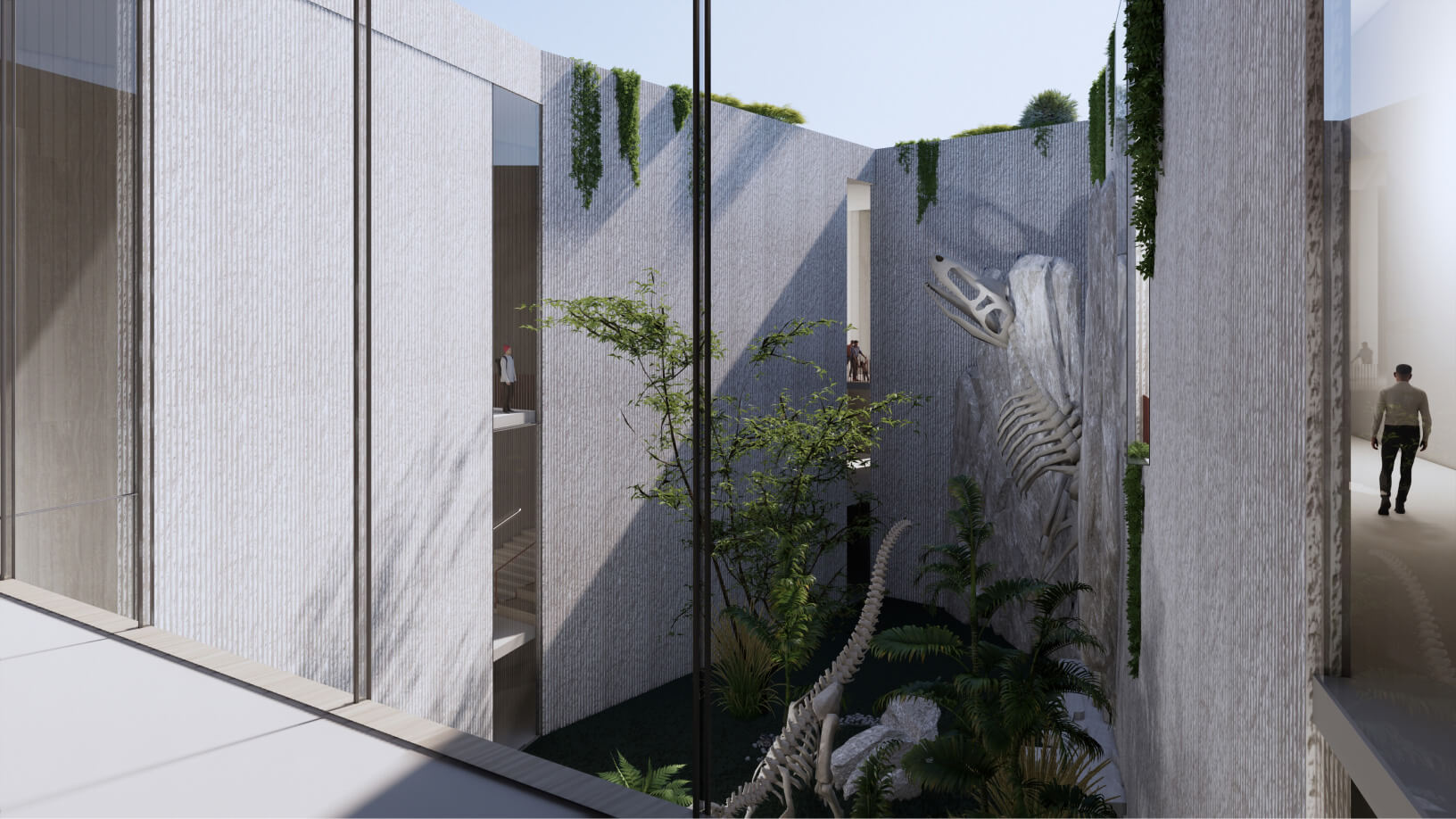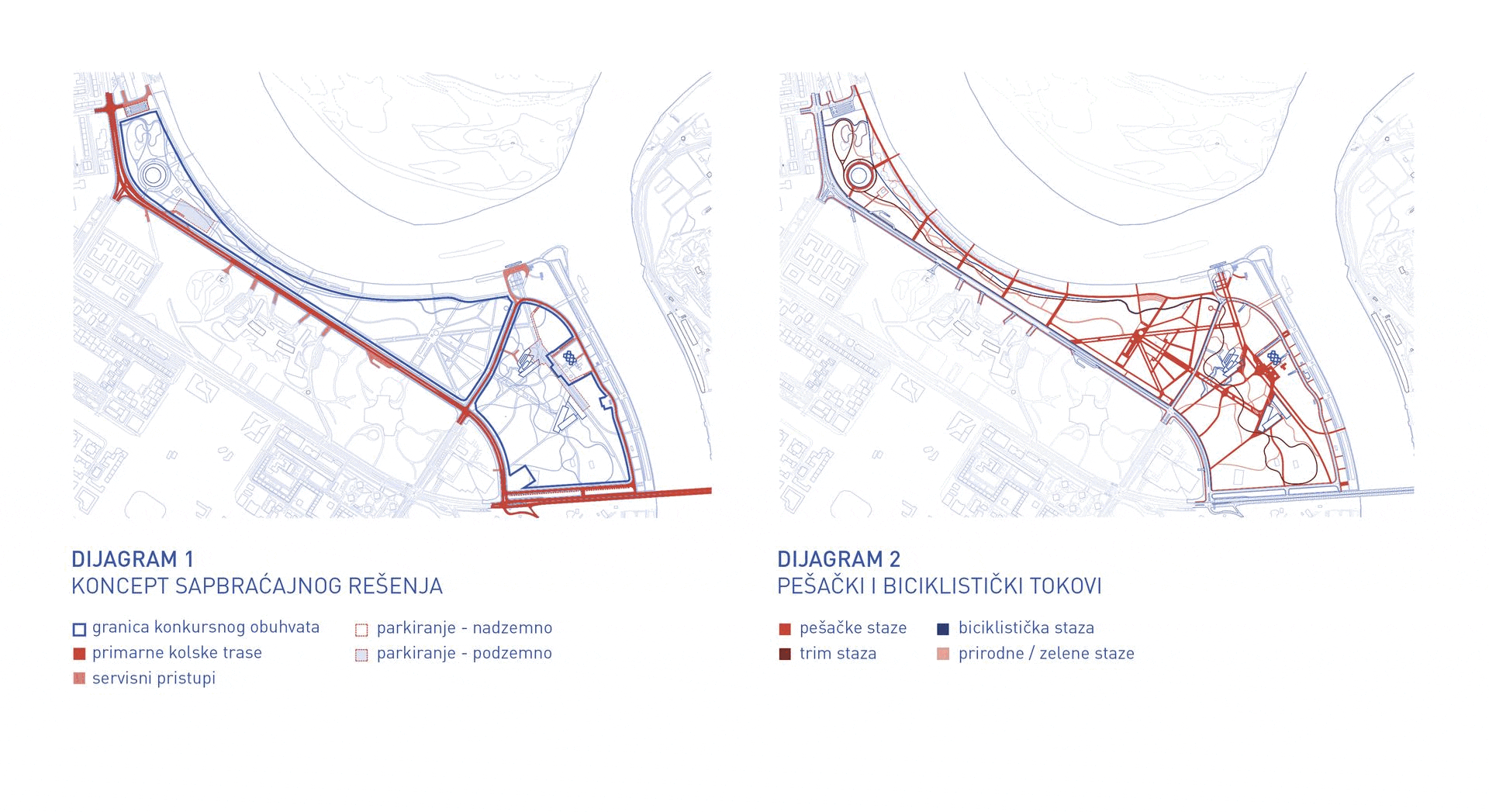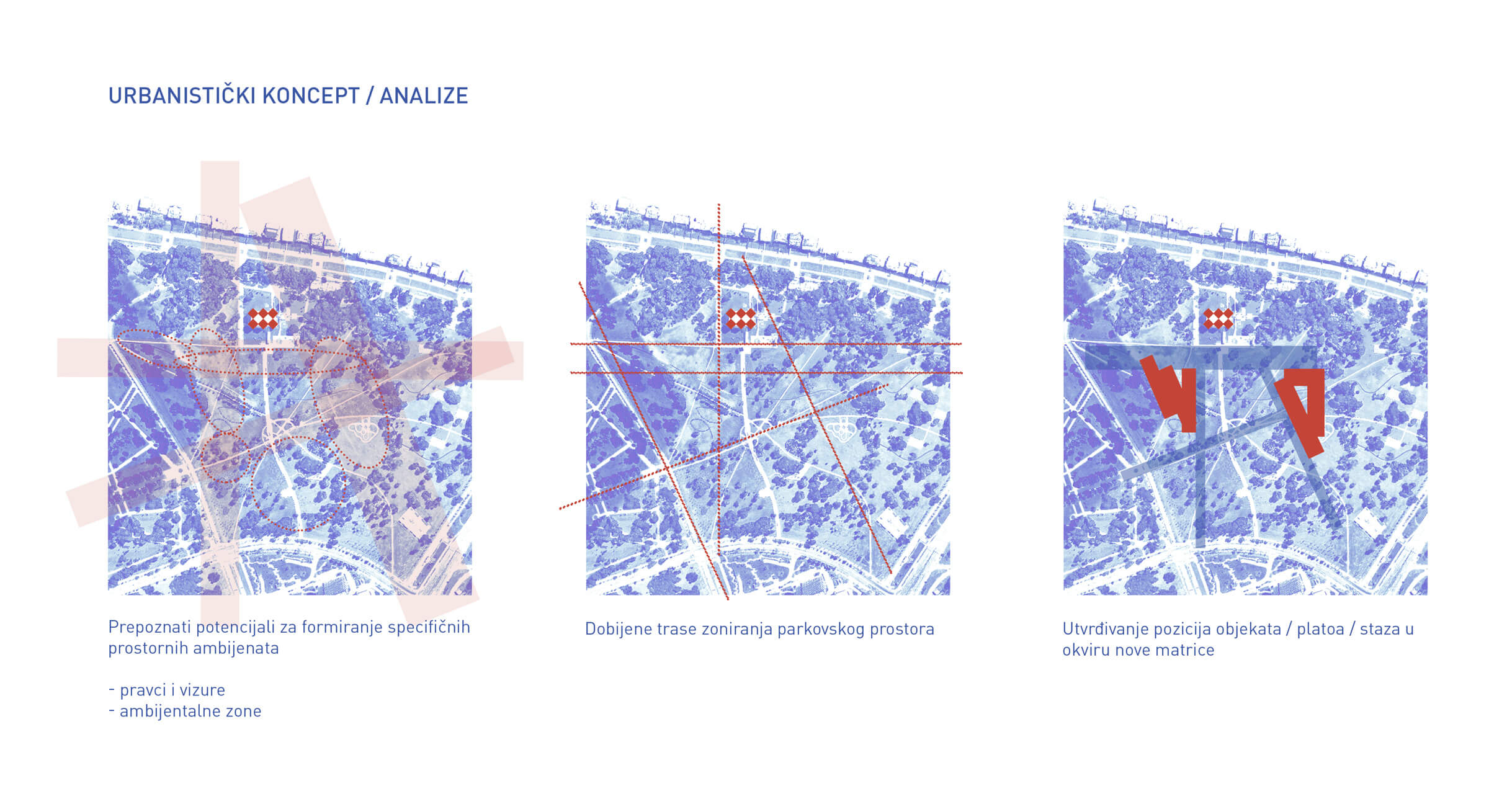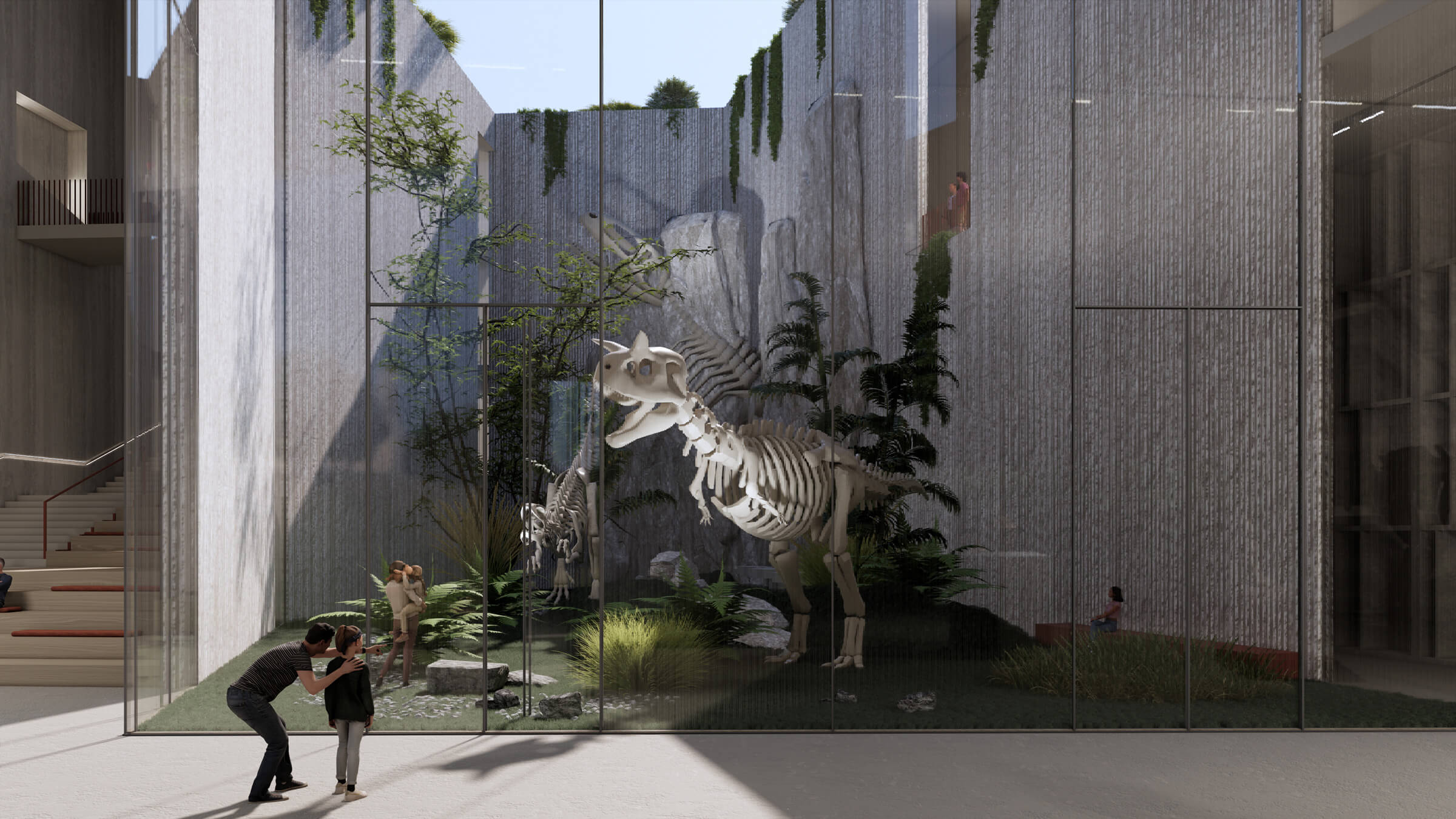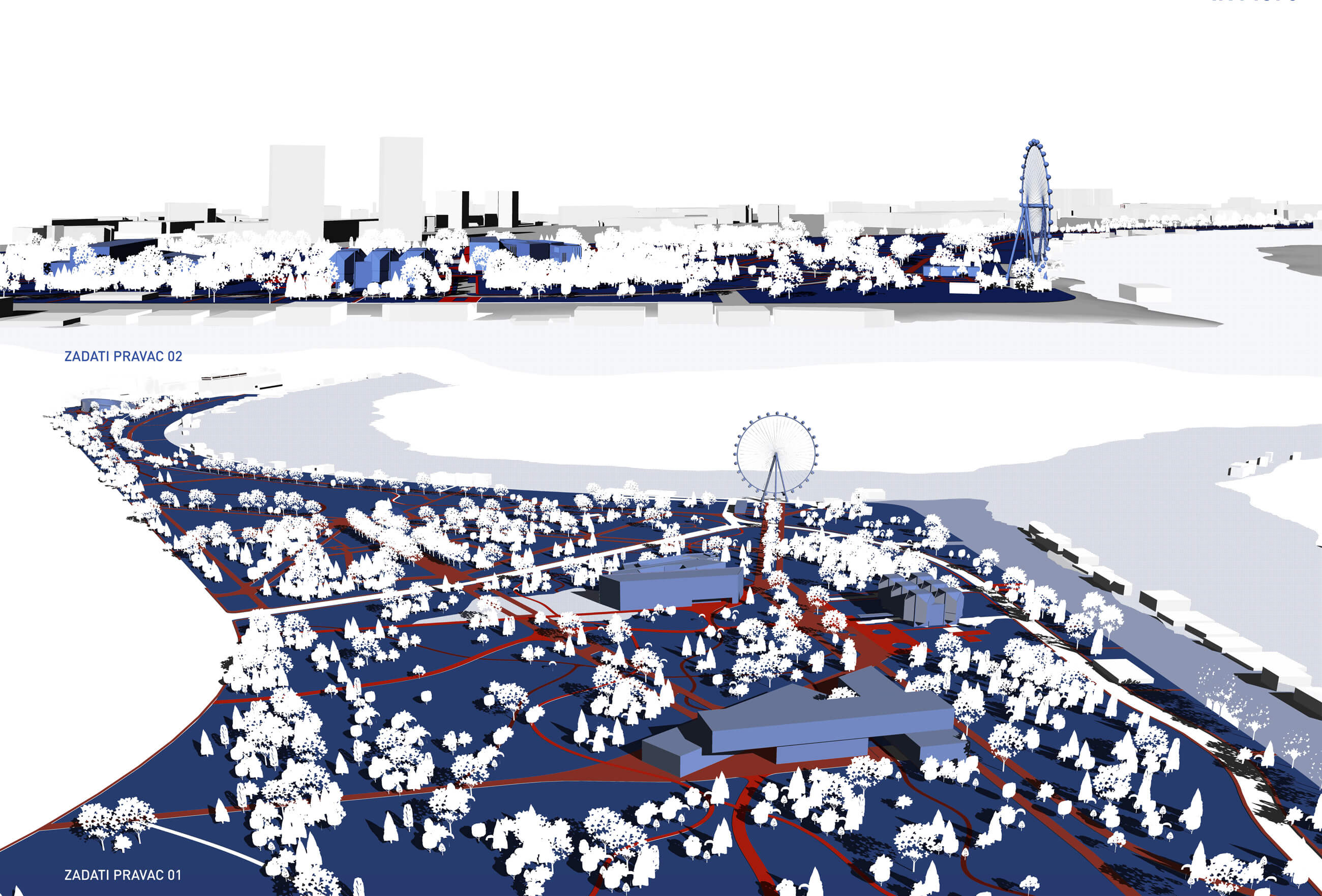The analysis of the existing built stock identified the potential for the formation of units that would represent the future specific spatial ambience of the area. The solution identified four main ambient entities:
Unit A – The area of the main plateau in front of MoCAB with the newly designed facilities of the Museum of Natural History and the Museum of 21st Century Art.
Unit B – Famous place Friendship Park – protected existing ambient unit
Unit C – Aquarium zone – zone of cultural, sports, recreational and educational character
Unit D – Ferris wheel zone with access plateau

